June 4, 2024, by Chloe
The phoenix in early modern print woodcuts
This blog post was written by our Special Collections Librarian in the course of her work on an upcoming exhibition at the Old Rectory Museum, Loughborough, where facsimiles of books from the Loughborough Parish Library collection will be displayed.
The early Christian writer St Isidore of Seville described the phoenix in his Etymologies:
‘The phoenix is a bird of Arabia, so called because it possesses a scarlet (phoeniceus) colour, or because it is singular and unique in the entire world, for the Arabs say phoenix for ‘singular.’ This bird lives more than five hundred years, and when it sees that it has grown old it constructs a funeral pile for itself of aromatic twigs it has collected, and, turned to the rays of the sun, with a beating of its wings it deliberately kindles a fire for itself, and thus it rises again from its own ashes.’ (S. Barney et al., 2006)

Engraved phoenix, printer’s device on title page of XCVI Sermons by Lancelot Andrewes, 1641 (Loughborough Parish Library, Oversize BX5133.A64)
Etymologies was published during the saint’s lifetime, in c. 652. A thousand years later, as the book printing industry of Western Europe gained momentum, it is surprising to find faithful representations of this description in woodcut printer’s ornaments on the pages of books.
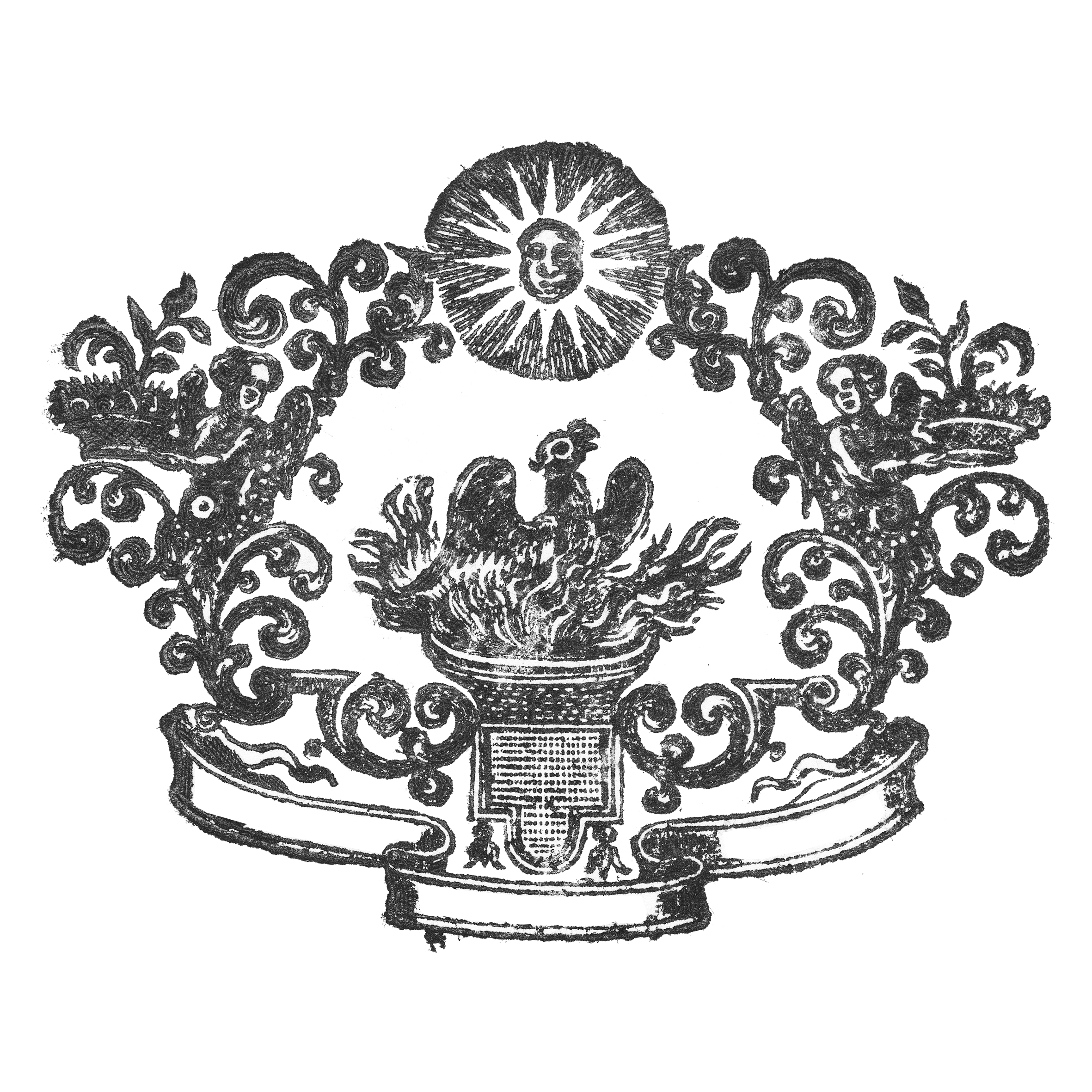
Woodcut of phoenix, tailpiece, in Lysiou ta perigenomena by Lysias, 1739, last printed page unnumbered (Loughborough Parish Library, Oversize PA4241.A3.D39)
Early Christian writers likened the phoenix’s rebirth to Christ’s resurrection and, by doing so, endorsed the symbol as Christian, allowing it to live on in Europe’s medieval and early modern period. Details from descriptions of the phoenix documented in the first millennium AD can be found in much later representations up until the 18th century. In the 4th century AD the Latin poet Claudian wrote this in his poem about the phoenix:
A mysterious fire flashes from its eye,
and a flaming aureole enriches its head. Its crest
shines with the sun’s own light and shatters the
darkness with its calm brilliance.
Among the woodcut craftsmen working for printers in the early modern period this detail is painstakingly captured and printed in fine lines of ink on the page, irradiating from the head of the phoenix. The phoenix is nevertheless influenced by Christian iconography. The size of the bird, estimated in antiquity between the size of an eagle and fantastical oversize, is reduced to dinkier proportions of doves seen in representations of the Holy Spirit. The aureole or gloriole itself is identical to the rays emanating from the dove symbolising the Holy Spirit.
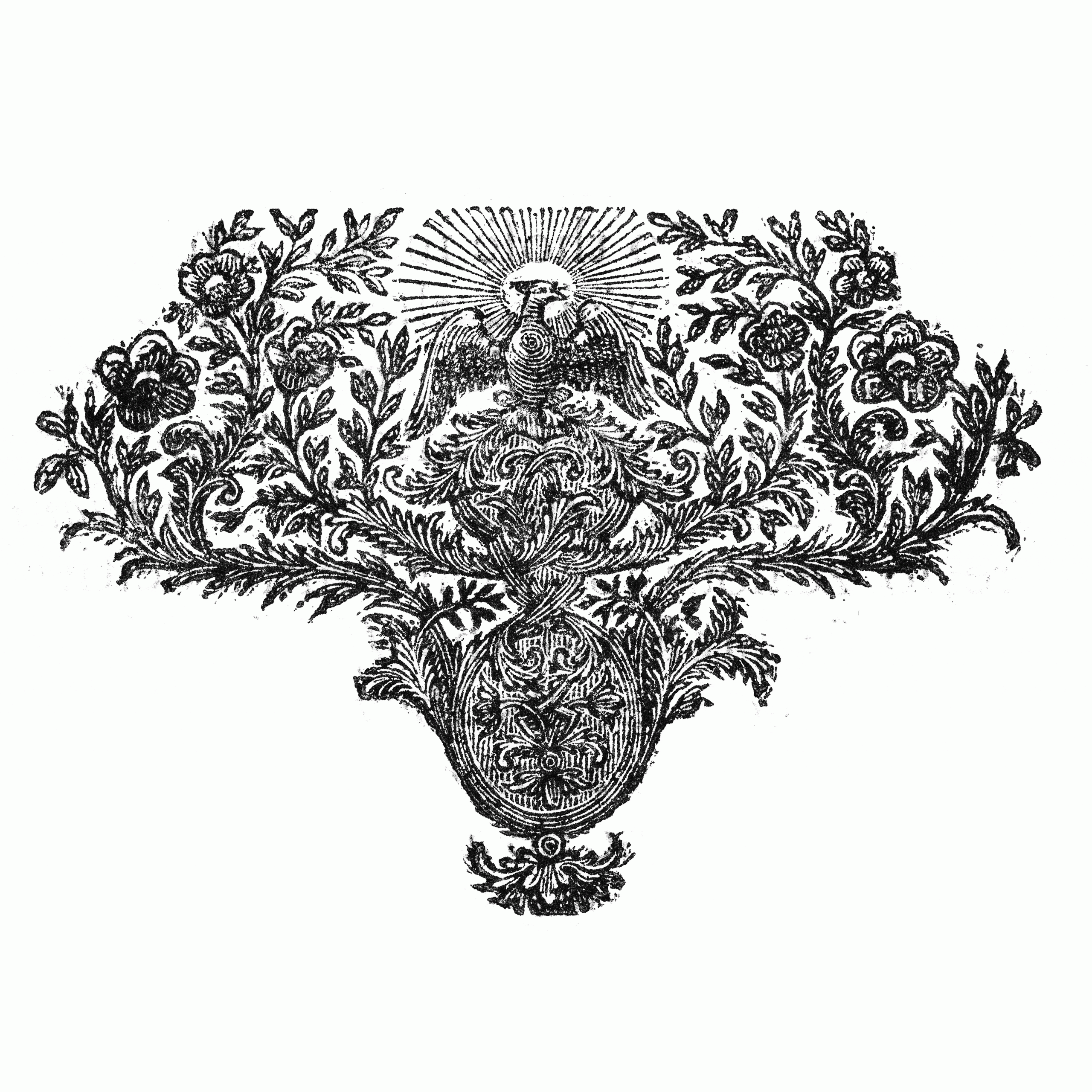
Woodcut phoenix or Holy Spirit in The Government of the Tongue by Richard Allestree, 1721, p. 38 (Loughborough Parish Library, BJ1551.A5)
In print phoenixes appear prominently, at the beginning or ending of a chapter, or on the title page above the printer’s name. The gifs below are interpreted from still images found in 17th and 18th century books from the Loughborough Parish Library, held at Manuscripts and Special Collections.

Woodcut of bird or phoenix, printer’s device on title page of Critical Observations on Shakespeare by Peter Upton, 1721 (Loughborough Parish Library, PR2968.U6)
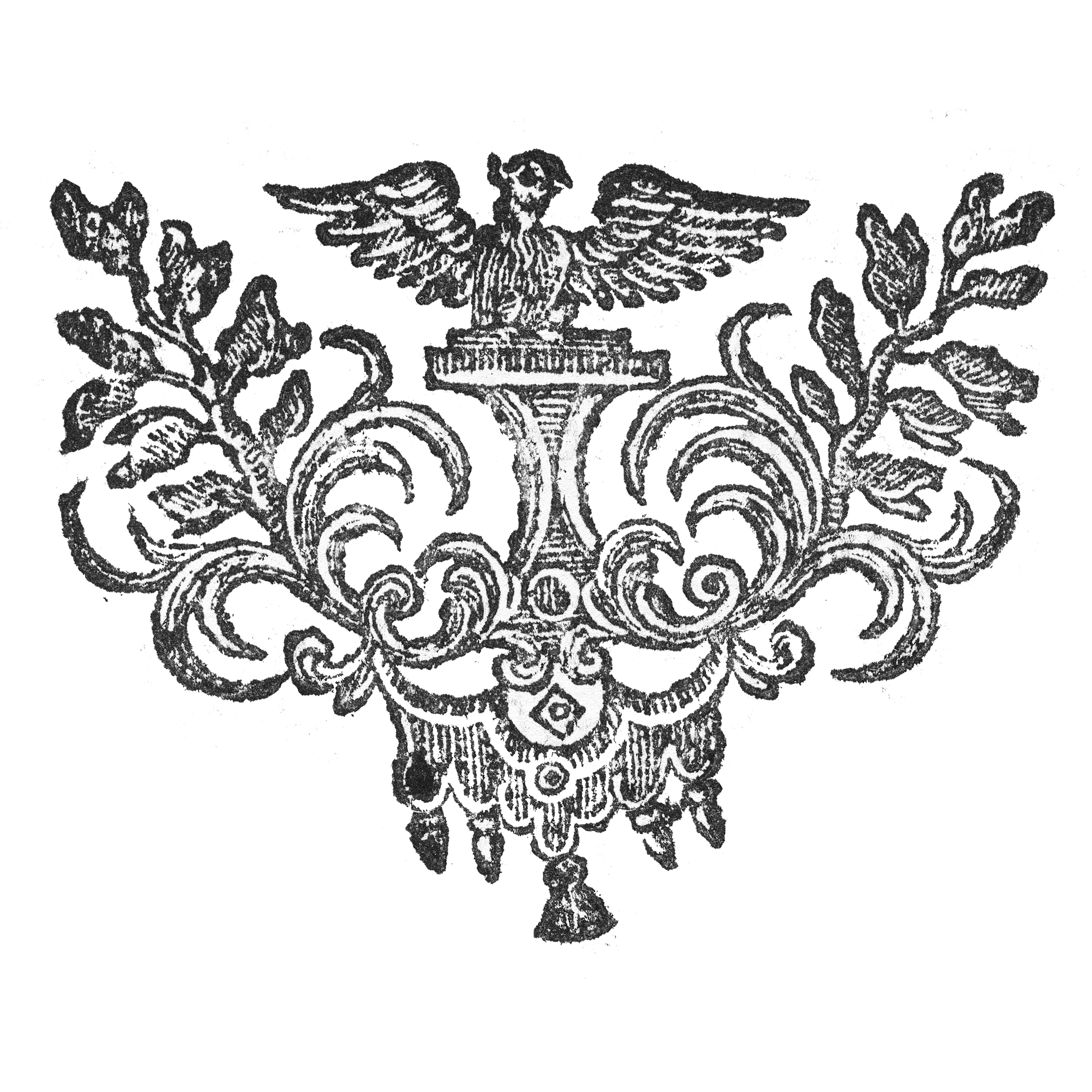
Woodcut bird or phoenix, tailpiece, in The Divine Legation of Moses by William Warburton, 1755, p. 525 (Loughborough Parish Library, BT900.W3)
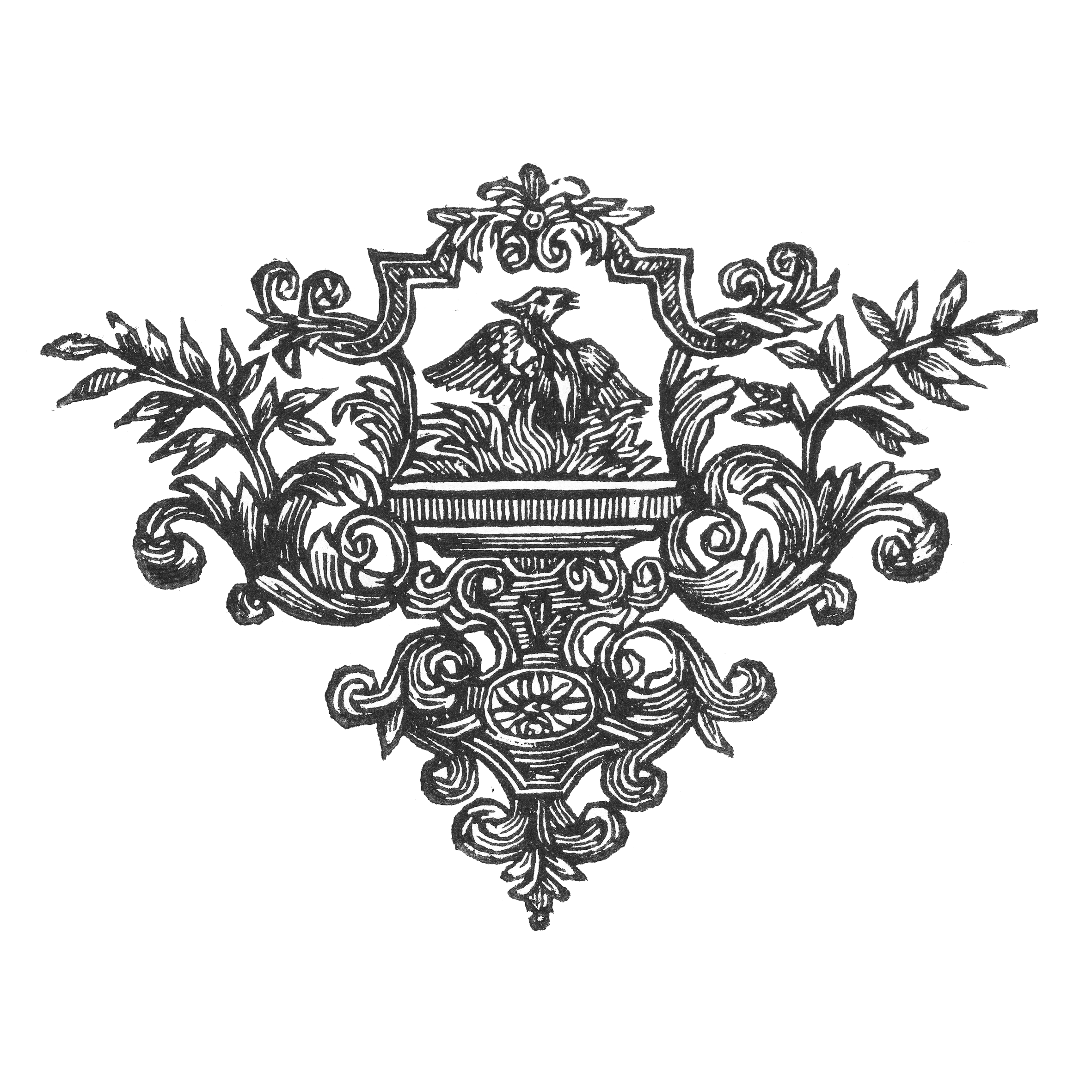
Woodcut phoenix, printer’s device on title page of Philippi a Limborch ss theologiæ by Philippus van Limborch, 1736 (Loughborough Parish Library, Oversize BX6195.L4)

Woodcut of bird or phoenix, tailpiece, in Posthumous Works of the Late Reverend Robert South, 1717, p. 144 (Loughborough Parish Library, BX5133.S57)
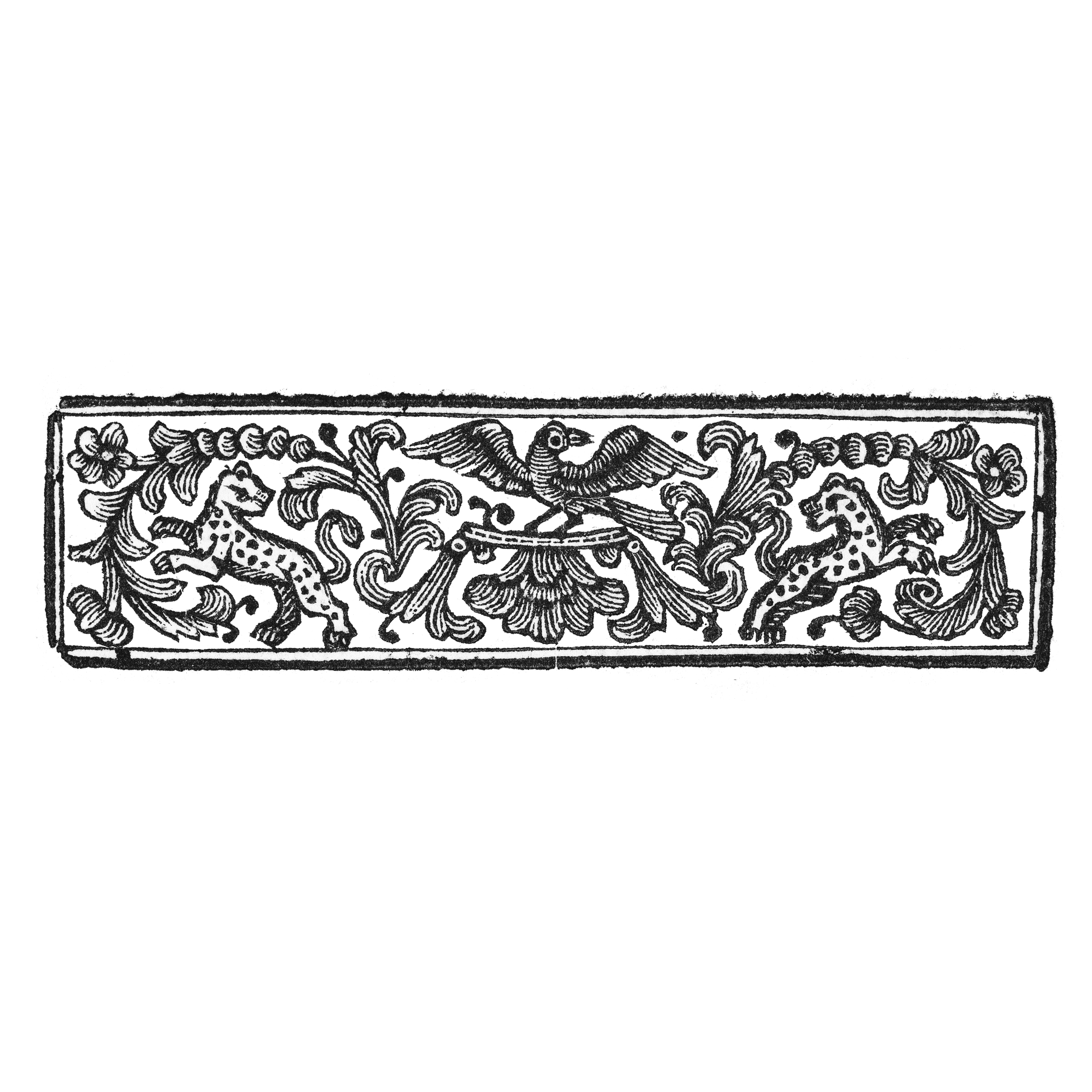
Woodcut phoenix in a headpiece in Posthumous Works of the Late Reverend Robert South, 1717, first unnumbered page (Loughborough Parish Library, BX5133.S57)
If you would like to take a look at books from the Loughborough Parish Library Collection you’re welcome to book an appointment to view the diaries in our Reading Room. To find out more, or to book an appointment today, please contact us at mss-library@nottingham.ac.uk.
Resources consulted:
The Etymologies of Isidore of Seville by S. Barney et al. (2006)
Phoenix by Claudian translated by Henry Maurice Platnauer (1922)
No comments yet, fill out a comment to be the first

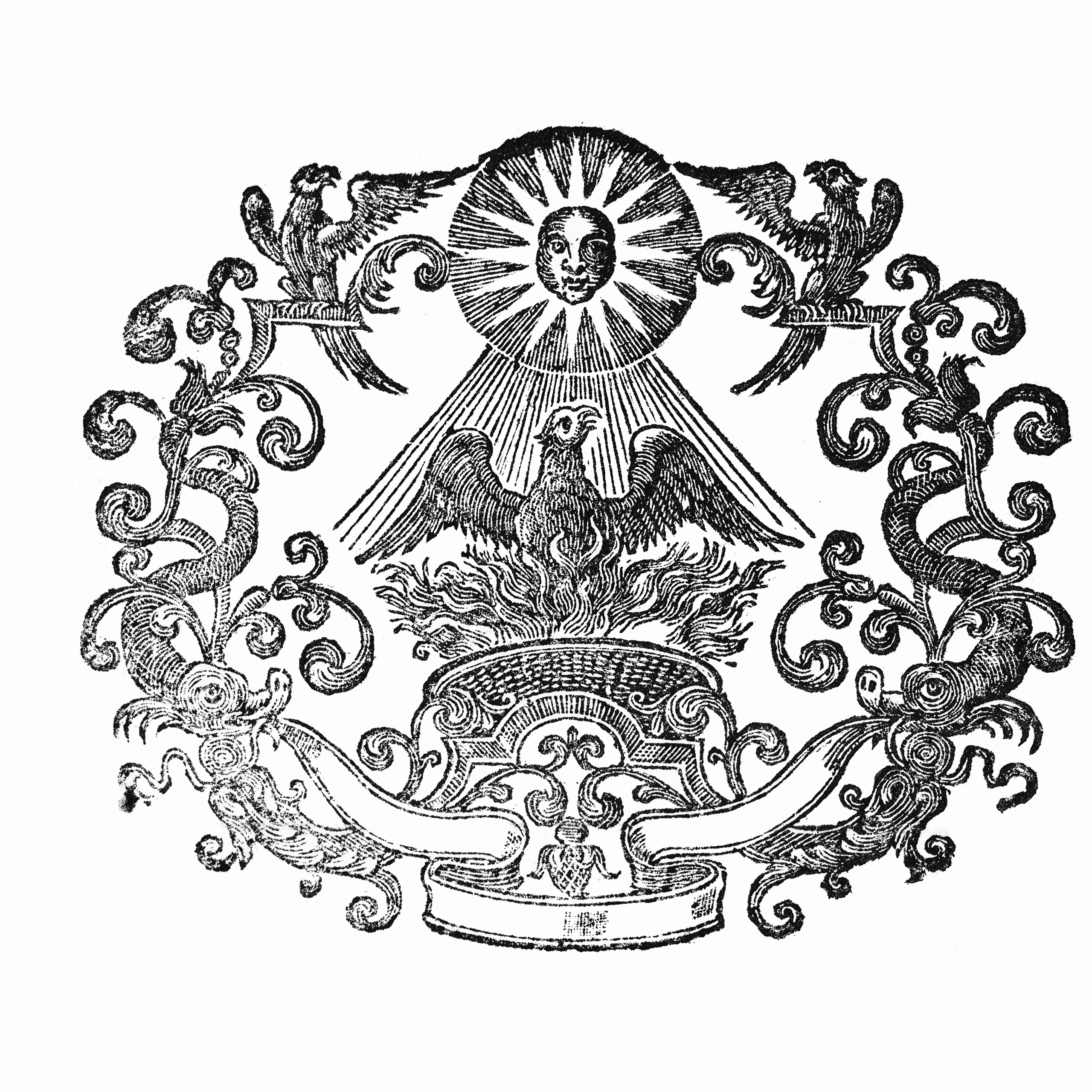
Leave a Reply